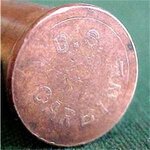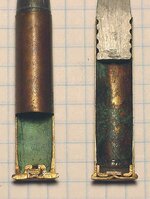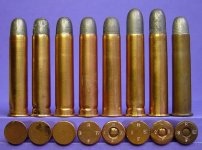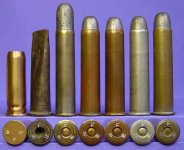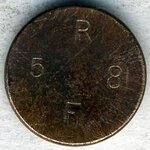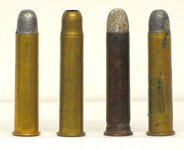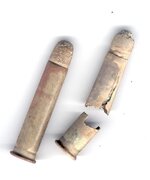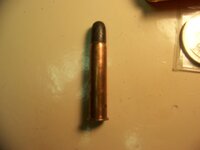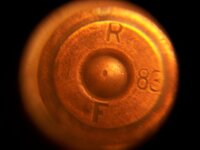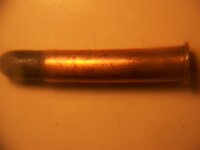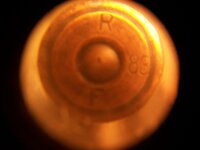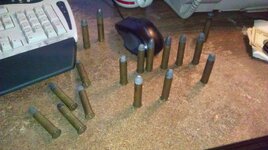oldrailroader
Tenderfoot
- Mar 23, 2013
- 9
- 0
- Detector(s) used
- ACE 350 Fisher 1214X Bounty Hunter 840
- Primary Interest:
- Metal Detecting
Hello,just joined this forum.I look forward to particating.Right now,I'd appreciate a little help.I need 3 or 4 unstomped,uncracked,dug brass for a 45-70 rifle.I have a few lead bullets.I would like to put them together for display.If anybody has a few,please contact me.I would like the headstamps to be of the Indian War period.I you have them,please let me know of prices incl. S/H.A picture would be great.Thanks,hope to get a reply soon.
Terry [email protected]
P.S. I'm just starting M/T I've had 2 heart attacks and severe diabetes.My doc said to get exercise.Hate walking so I'm gonna something that I always wanted to do
Terry [email protected]
P.S. I'm just starting M/T I've had 2 heart attacks and severe diabetes.My doc said to get exercise.Hate walking so I'm gonna something that I always wanted to do



